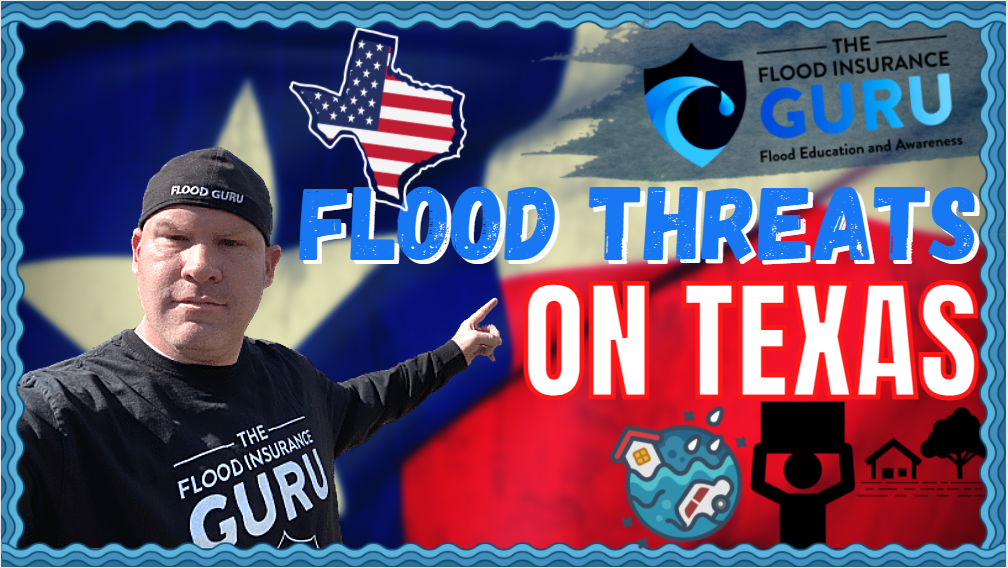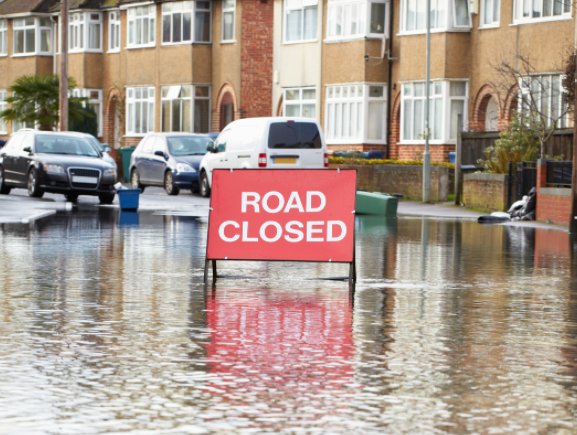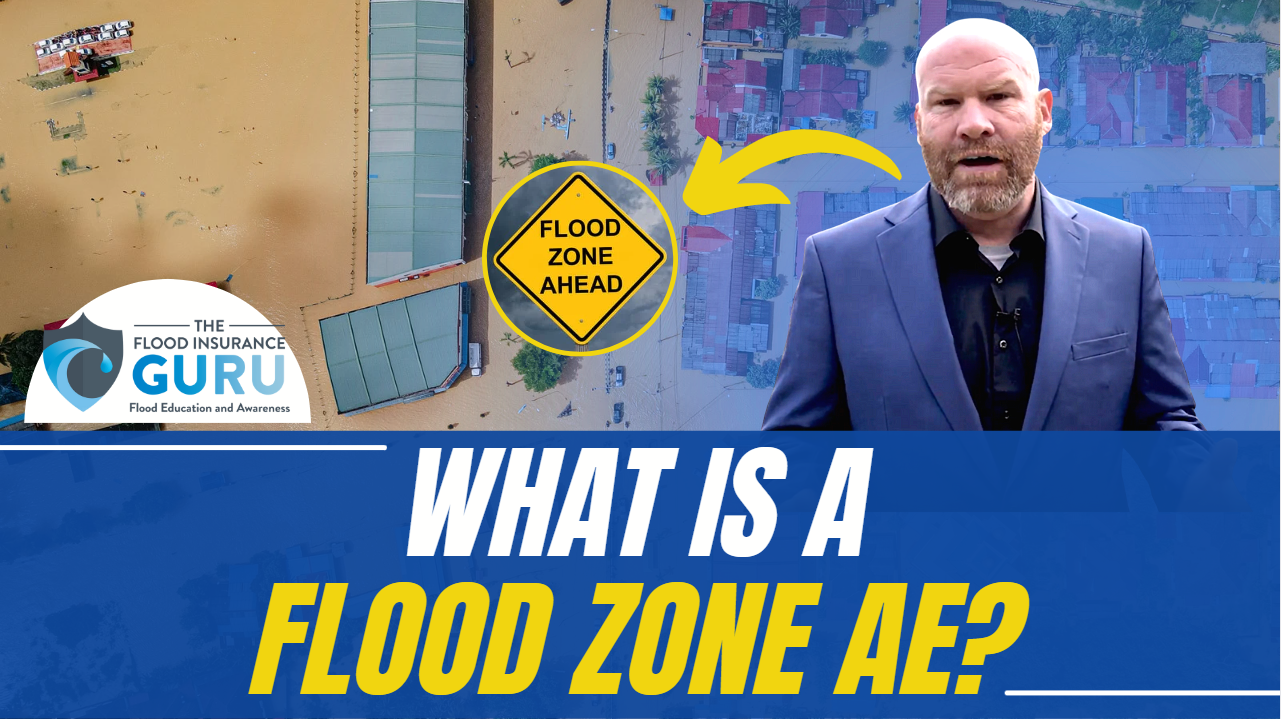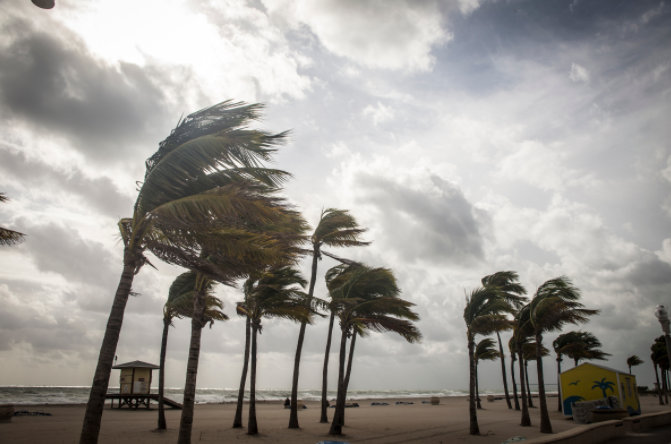

Before the month of May came, San Antonio and other parts of Texas experienced heavy rainfall over the weekend. This caused properties to experience flooding with the state being in a flash flood warning throughout the time. Flash flooding remains a threat after up to six inches of rain poured over the state over the weekend. A lot of roadways were severely impacted by this flooding across Nacogdoches and San Augustine stranding cars and drivers due to the flooded roadways causing damages across the state of Texas. Houston was also threatened with river flooding and is expected to go like this across the month of May. This can also mean that Houston may be at a higher risk when it comes to coastal flooding.
So, today, we want to cover what this can mean for flood insurance for Texans, how it could impact the flood policies moving forward, and your flood insurance options as well.
Impacts on Flood Insurance
As we're less than sixty days from hurricane season, flooding is expected to be more common across the United States, and in cases as the one Texas had, this can cause a lot of changes for flood insurance moving forward.
First, we want to share a tip that if your property's not severely impacted by the flood and only small amounts are impacted, don't file that flood claim immediately as this can cause your flood insurance rate to go up when it comes to renewal. Instead, you want to make sure that the flood claim won't be misused by collecting and gathering all the relevant information on the damages you had due to this flooding. This way, you can get more out of the flood claim and avoid having the property marked under severe repetitive loss.

Severe repetitive loss means that the property has had a flood claim, disaster assistance, or federal assistance grant more than once in the last ten years. This can cause flood insurance premiums to really go up for these properties through the Federal Emergency Management Agency (FEMA) and National Flood Insurance Program (NFIP). When it comes to the private flood insurance market, this can mean that these insurance companies will avoid writing a flood policy for these properties due to the higher flood risks it has considering its flood history.
Also, since there will be people who will file flood claims from the state in this period of time, we can also expect that there will be higher flood insurance premiums across the area as it's possible that the next flood map will move these properties into a higher risk flood zone. This means that a lot of property owners in Houston, Sweeny, San Antonio, and places like that will be required to carry flood insurance for their property. Those closer to rivers, the coasts, or any body of water may be moved into flood zone AE which generally will be required to carry an elevation certificate. An elevation certificate will have a separate cost from the standard flood insurance policy payments, so this can really hurt a lot of wallets in the future.

You may be asking right about now how you can fight these negative changes in flood insurance and what your flood insurance options are.
Flood Insurance Options
The NFIP
The most common flood insurance option that policyholders would usually go for is the federal flood insurance from FEMA. Now, we've mentioned multiple times that they have a max coverage for buildings and contents or personal items. This coverage is maxed at $250,000 for residential properties and up to $500,000 if it's written for a commercial building. Regardless of the type of building, this will have a max of $100,000 when it comes to coverages on personal property.

What we want to focus on here is for those who are asking, what if I have an active policy with the NFIP and FEMA, what can I do to fight these changes? Well, there are several things you can do which involve relevant flood insurance documents that can help you reduce the flood insurance premium for your property.
The first thing is to use the elevation certificate if you believe that your property shouldn't be in a high-risk flood zone. If your property is about four feet above the base flood elevation level in your area then you can get a letter of map change (LOMC) which can remove you from the high-risk flood zone and get you back to low-risk flood zones with low flood insurance rates. It's important to note that this isn't a certain remedy for your situation as FEMA and the NFIP will have to assess the details that you provided.

Another thing you can use to your advantage is to check with your local floodplain manager to see if your community is participating in the NFIP. Participating communities may get up to forty percent discount on flood insurance premiums depending on the Community Rating Score (CRS). The CRS is rated depending on how much flood mitigation efforts are being put out by your community and the more efficient mitigation efforts you do, the higher the discount could be.
Lastly, if you're looking to get flood insurance through FEMA and the NFIP, it's best that you do it ahead of time since there may be a waiting period of 30-days before the policy takes effect on your property. Now, if the NFIP flood policy doesn't really fit your needs and isn't the best flood insurance option, you can always move into the private flood market after canceling your NFIP policy.
The Private Flood
Private flood insurance is managed and provided by private insurance companies like Lloyds of London. This means that the red tapes that you have to go through with federal flood insurance won't be there. This can also have a faster effectivity date for those buying flood insurance since the maximum waiting period is fifteen days.
When it comes to the private flood, coverage on buildings or properties and contents can be very different from the NFIP since they don't really have any coverage limits. This means that the amount they will cover won't be maxed out as long as the insured needs it. Property damage coverage can go up to $10,000,000 and personal items coverage can go up to $1,000,000. There are also additional coverages on private flood policies like additional living expenses, replacement costs, and loss of use.

Flood insurance premiums are expected to be significantly lower in the private market compared to the NFIP which can really help you when it comes to immediate flood preparedness actions.
As the risk of flooding become higher as we approach the hurricane season, we can expect dangerous flash flooding, flood waters becoming higher, threat of storm surge, torrential rains, and intensity of rain to be more frequent. This is why we always advise you to look out for tornado and flood warnings during this season and establish better flood risk communication with your local floodplain management team.

At the end of the day, these types of floods can't be predicted nor controlled accurately, so you want to make sure that you're protected at all times.
If you have any questions about flood insurance or anything about flood, reach out to us. Remember, we have an educational background in flood mitigation and we want to help you protect the value of your property long term through flood education and awareness. You too can be flood-ready so you won't be caught off guard when crap happens. Click the links below to get started.




